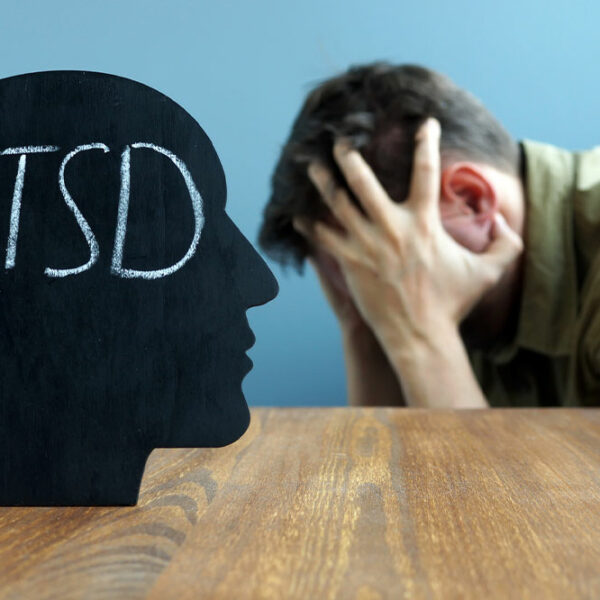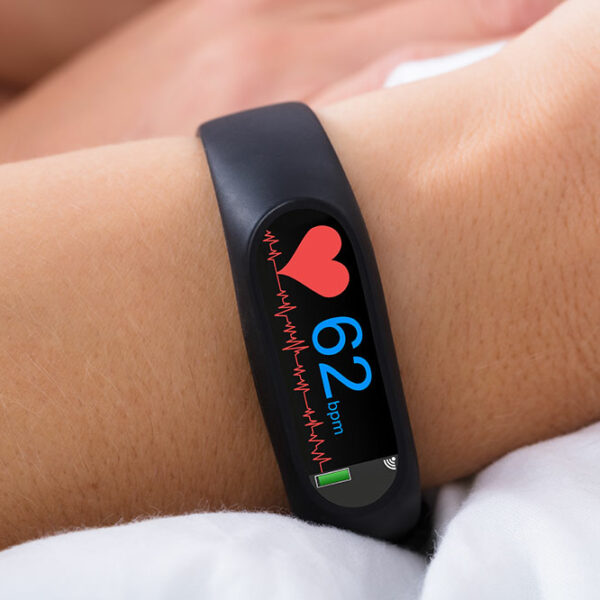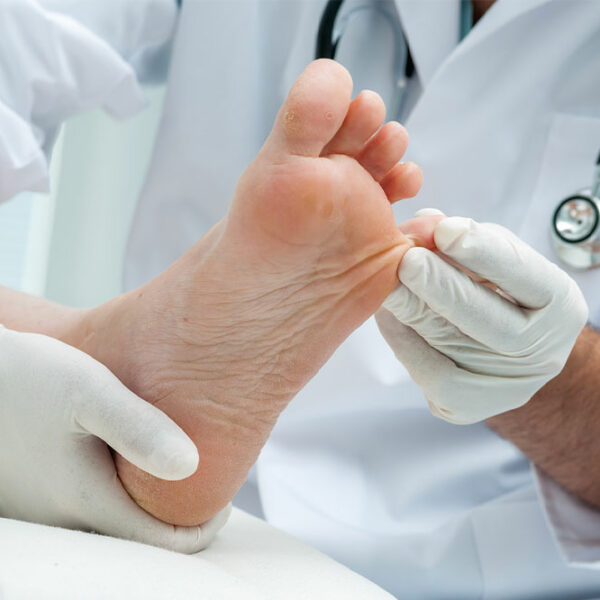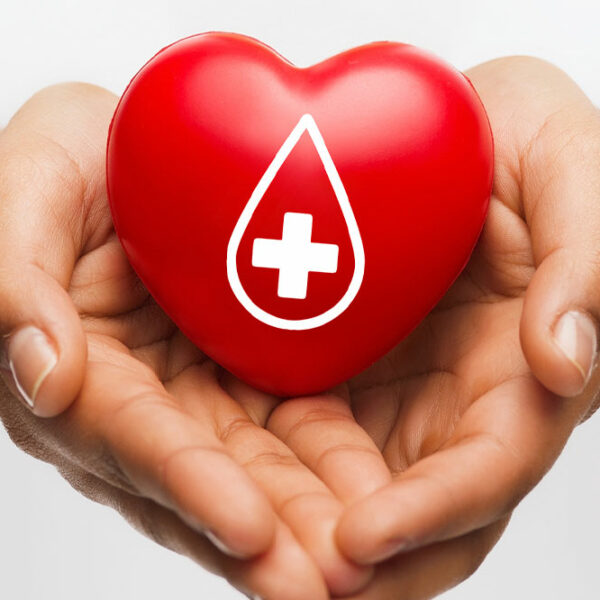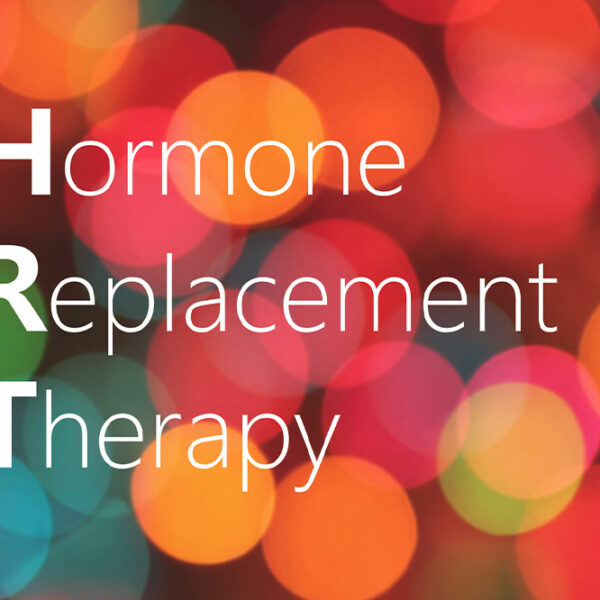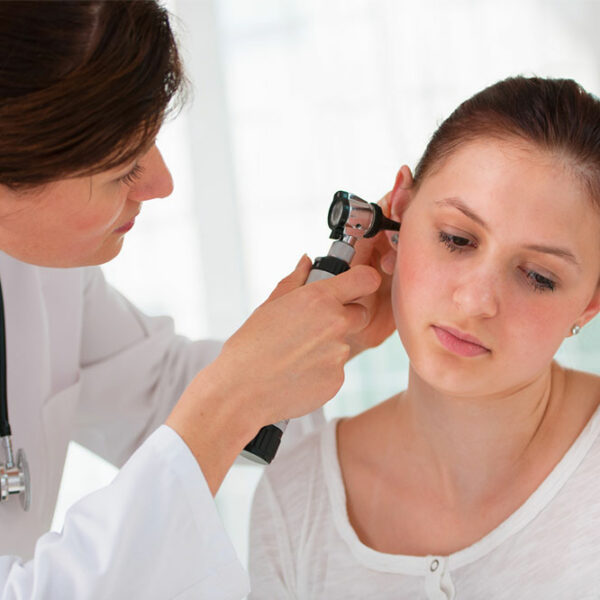
Tips for Finding the Best ENT Doctor
People usually look for primary care physicians or specialists near them to ensure accessibility. But another crucial factor is finding a professional you can trust and with whom you can easily establish a positive doctor-patient relationship. One of the common specialists people look for is an ENT specialist, i.e., doctors who treat conditions associated with the head and neck, ear, nose, and throat. Here is everything you need to know about finding a good doctor: Role of an ENT doctor The specialists who treat the ear, nose, and throat and associated ailments are officially known as otolaryngologists. While that is a mouthful, they are more popularly known as ENT (ear, nose, and throat) doctors. The role of an ENT specialist is to treat the specific areas around the head, neck, ear, nose, and throat for allergies, throat ailments, sinus issues, and ocular infections, among other conditions. As part of their treatment, they may have to perform specialized procedures and surgeries such as tonsillectomy, septoplasty, or thyroid surgery. These doctors are sought-after specialists as they address extremely common health conditions people encounter. For instance, earaches, an itchy throat, and persistent head or neck pain are common issues ENT specialists diagnose and treat.

